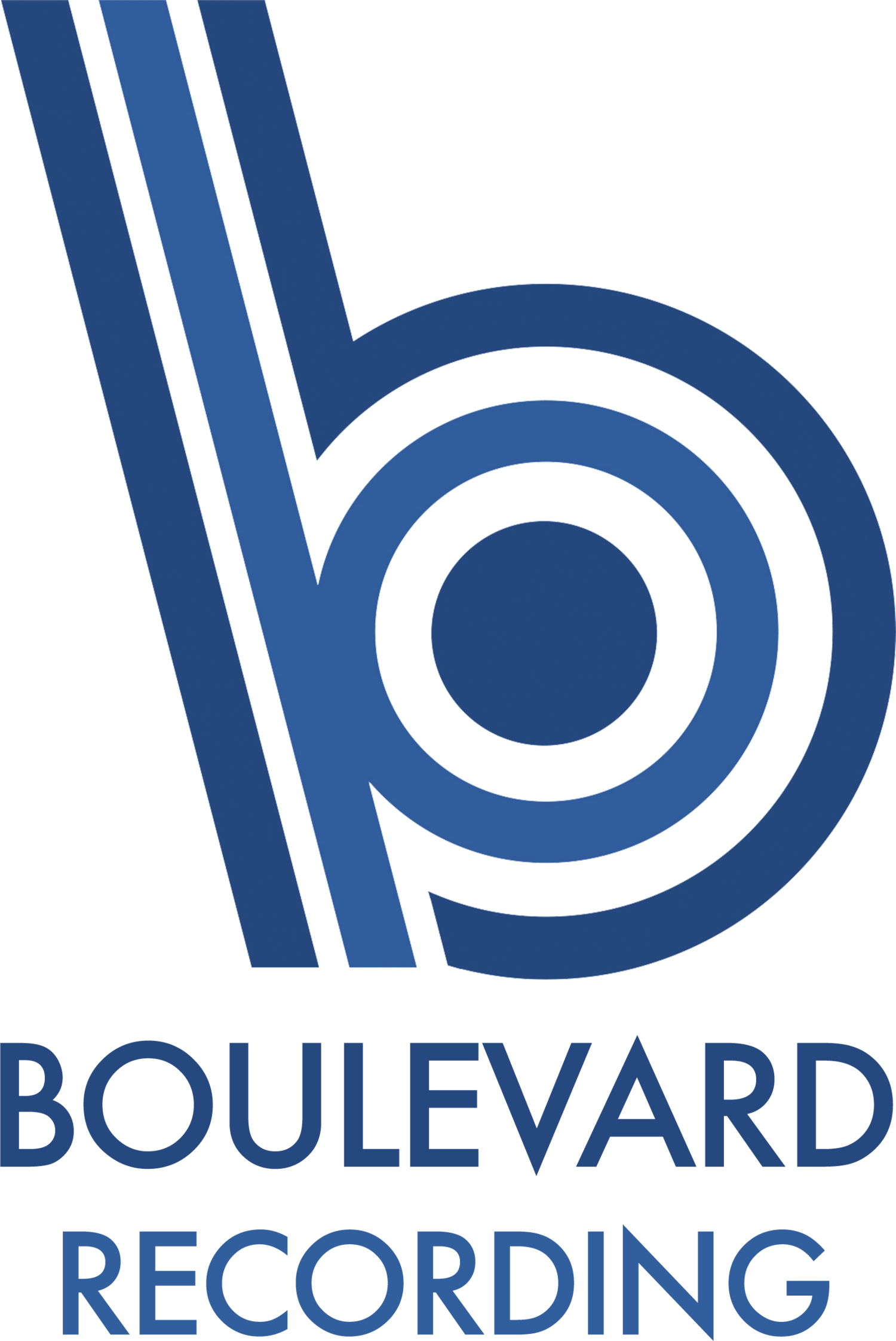Recording at boulevard: 55 years of hollywood music history
Recording at Boulevard: 55 Years of Hollywood Music History
In 1967, while the Summer of Love was happening in San Francisco, the year Sgt. Pepper was released, the year music was changed forever with psychedelia, a little room on Hollywood Boulevard was built out to be a recording studio called Continental Recorders.
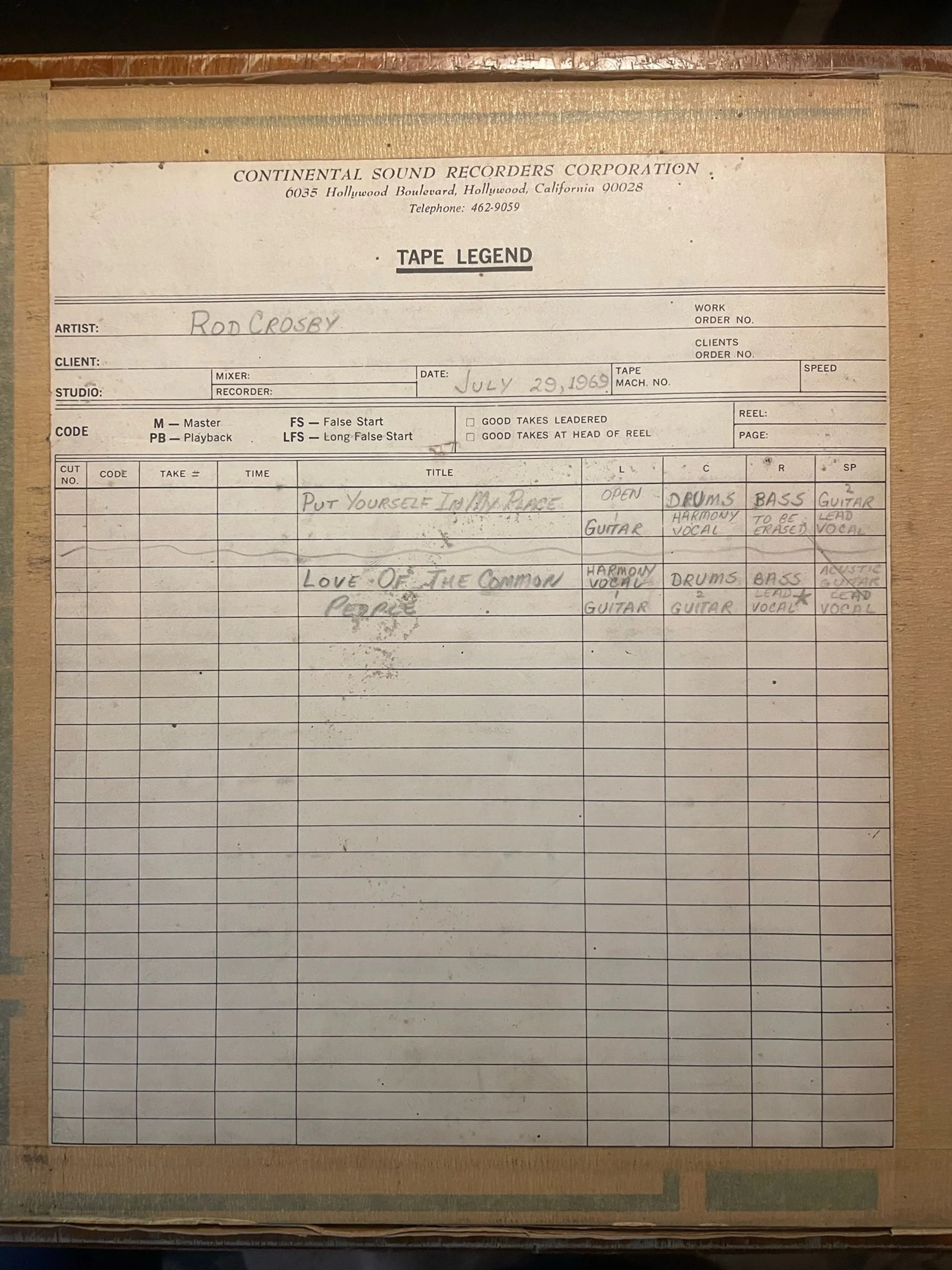
Built by Larry Brown and his father, Larry was in a band called The Moon which did their first recordings at the studio before they were even 18. What started as a young musician's dream would evolve into one of Hollywood's most enduring recording spaces—a room that would capture everything from psychedelic rock to punk, from The Wall to Fade Into You.
1967-1971
Continental Sound: The Psychedelic Beginning
The room started simple—not dissimilar from Sun Studios in Memphis. An obtuse square room with Armstrong tiles on the ceiling and linoleum on the floor. Continental was a 3-track studio for some time until they eventually went to 4-track and then 8-track. Primitive by today's standards, with a tiny echo chamber in the back where our mic storage is now.
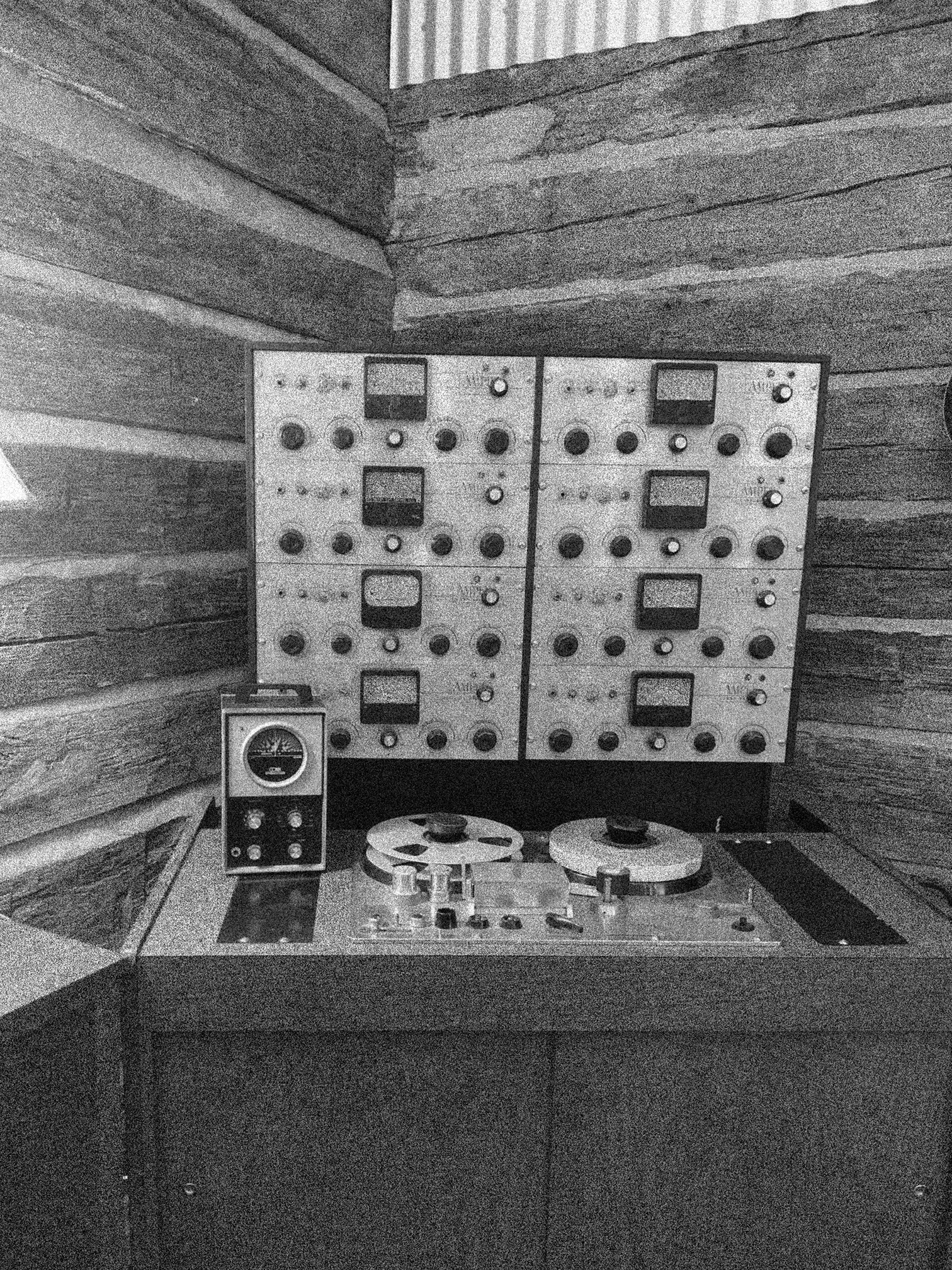
But Hollywood in 1967 was electric. The Doors were breaking through. Arthur Lee's Love was redefining rock. The Beach Boys had just released Pet Sounds. The Mamas and the Papas were leading a movement in Laurel Canyon. Frank Zappa was getting weird with the Mothers of Invention. That LA sound was everywhere—Phil Spector's Wall of Sound approach catching on, where everything was thrown at the canvas.
In this small room on Hollywood Boulevard, Quicksilver Messenger Service recorded their debut album. Evil Knievel movie scores came to life. Spaghetti Westerns found their sound. Moby Grape, The Lettermen, The Standells, and early Mudcrutch all passed through. The room was finding its voice.
1971-1985
Producers Workshop: The Golden Era
Producers Workshop was known as a room far ahead of its time. They implemented Stephens tape machines—transformerless and cleaner than any recording medium of the era. They had three 24-tracks and allegedly, eventually, the rare 40-track. Still in 2025, there is not another tape design as beautiful and pure as Stephens.
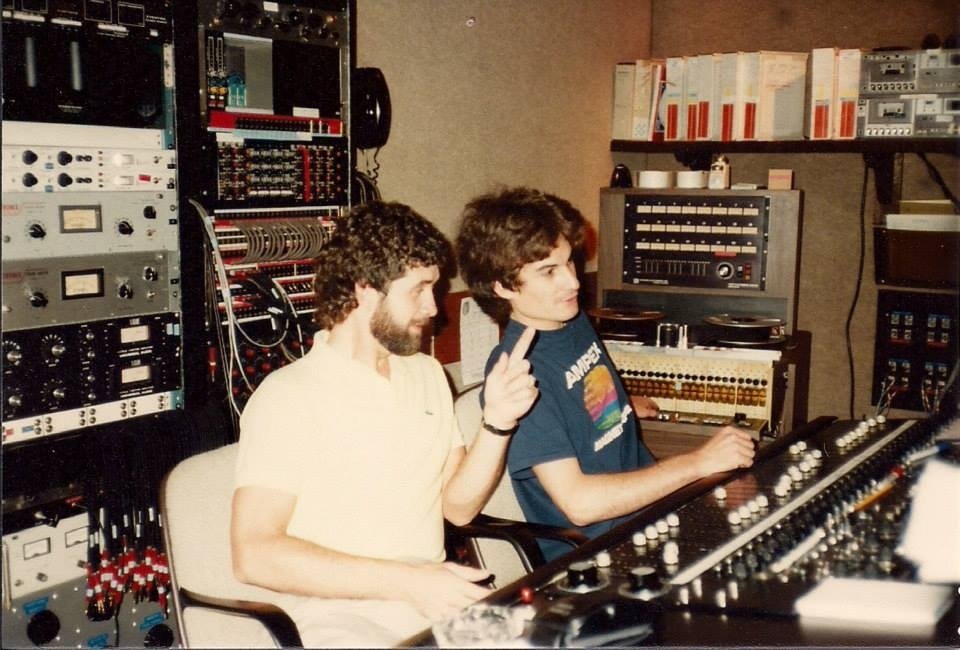
The custom console was extensively modified to be transformerless, leading to projects that would define recording history: Pink Floyd's The Wall, Steely Dan's Aja and Gaucho, Fleetwood Mac's Rumours. That clarity was worth its weight in gold. Everybody wanted that sound.
The room evolved with the times. The floor was eventually carpeted. Diffusers appeared on the back and side walls. Poly traps on the far wall. In 1974, they built the booth we still have today for Thelma Houston and her rather large band—isolation for the infamous Sheffield Labs direct-to-disc records Doug Sax was producing.
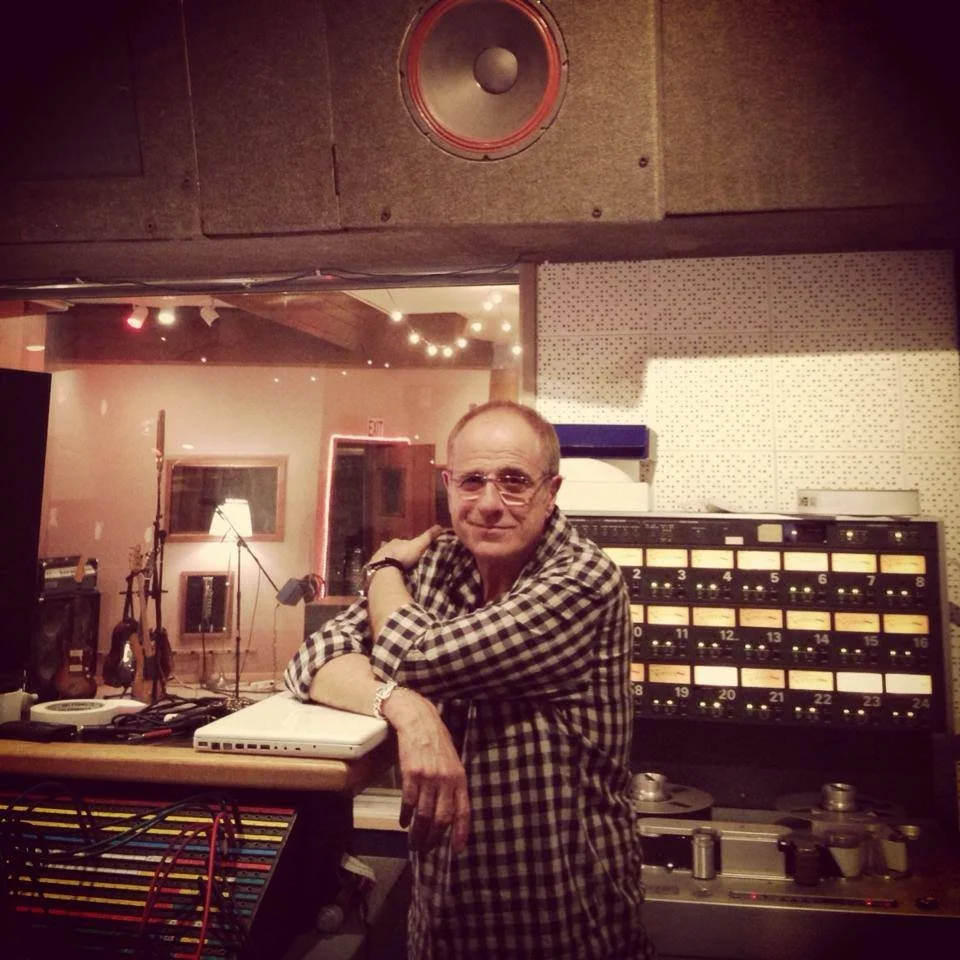 Bob Ezrin in the very room he made The Wall with the original booth door open over his shoulder.
Bob Ezrin in the very room he made The Wall with the original booth door open over his shoulder.
The name said it all—this was where producers learned their craft. Richard Perry, Bob Ezrin, Ken Caillat, Bill Schnee, Gary Katz, Ed Cobb, Vini Poncia, David Kershenbaum, Bob Gaudio. When Bob Ezrin deemed the room "acoustically perfect" and brought Pink Floyd in to finish The Wall, the studio's place in history was cemented.
1985-1991
The Private Years: Underground
Different producers shared the studio for their own projects. Much about this time remains unknown, but we know there were different consoles—an API at one point, an SSL. The room went underground, became a secret. Sometimes the best rooms are the ones nobody talks about.
1991-2008
Westbeach Recorders: The Punk Explosion
Brett Gurewitz of Bad Religion moved his Epitaph label operations from a little house studio into this room in the early '90s. What followed was perhaps the most concentrated output of any label in the studio's existence. Punk and pop-punk took off like a rocket.
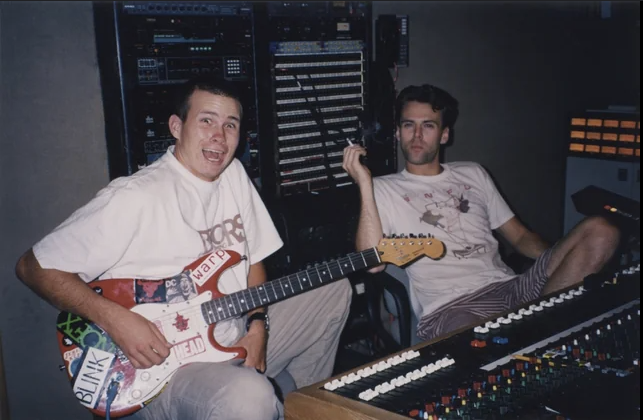 Tom Delong and producer Steve Kravac during the recording of Blink 182's Cheshire Cat at Westbeach .
Tom Delong and producer Steve Kravac during the recording of Blink 182's Cheshire Cat at Westbeach .
The console changed—a Trident 80B came in, along with a Studer A827. The treatment had deteriorated from neglect and, well, punk rock. But the room adapted to harder music. Rancid's 18-hour sessions. NOFX marathons. Blink-182's first record and part of their second. The Melvins' infamous double-drummer albums. The Offspring. Sublime.
And in the middle of all that punk energy, Mazzy Star recorded So Tonight That I Might See, featuring "Fade Into You"—proof that the room could still capture delicate magic amidst the chaos.
2010-Present
Boulevard Recording: The Resurrection
When I first laid eyes on the old recording space in 2010, what I saw was underwhelming. The lounge was dingy, smelled like mildew and smoke. But you don't pick a music studio based on your eyes or your nose. It's your ears that matter. And the live room sounded so good.
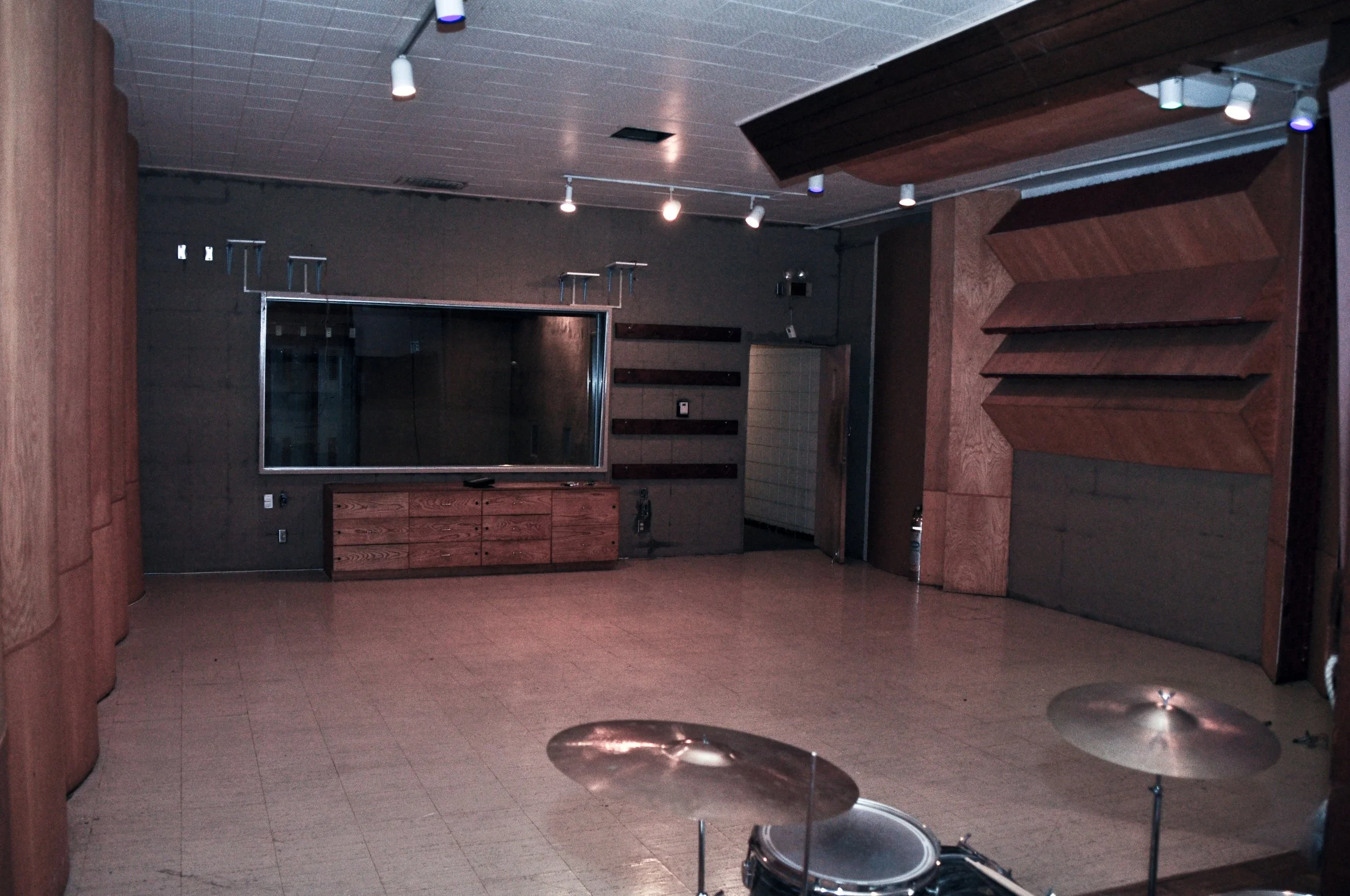
I signed a lease that day, excited to provide "a room where people can make things together," not realizing exactly what treasure I now had—or how hard it would be to keep it.
I found this spot on Craigslist. I'm not even kidding. The posting said "recording studio," but I didn't realize until much later that it was built in 1967. There were historic records done here that I'd been obsessed with since I was a kid in North Carolina. This was insane.
I spent years scouring audio engineering forums, searching liner notes, contacting people who had worked here in the '60s and '70s. Bill Schnee, who recorded Steely Dan. Larry Brown, who built the studio with his dad in 1967—he brought a folder with the lumber receipts, which was unbelievable.
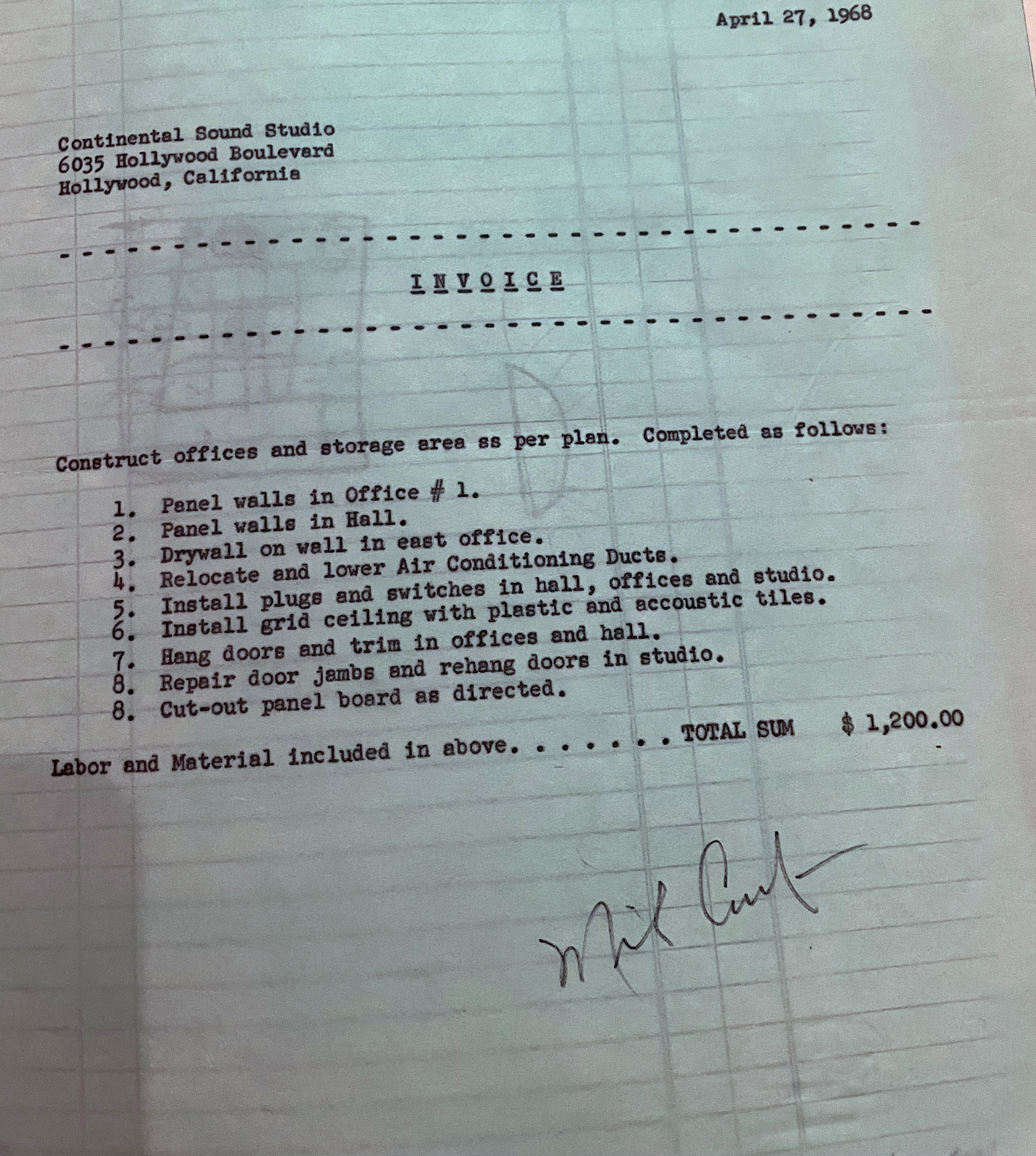 A receipt of the studio project signed off by legendary Mike Curb .
A receipt of the studio project signed off by legendary Mike Curb .The restoration was laborious and costly. Rewiring, signal routing, sourcing both vintage and new equipment. By 2015, Boulevard was hosting sessions again. The War on Drugs recorded much of their Grammy-winning album A Deeper Understanding here.
Then came 2020. The pandemic. Empty studios. I made Carolina-style pit barbecue in the parking lot to keep the lights on. Chris Pierce recorded American Silence here—just him and a guitar, a perfect reflection of that isolated time.
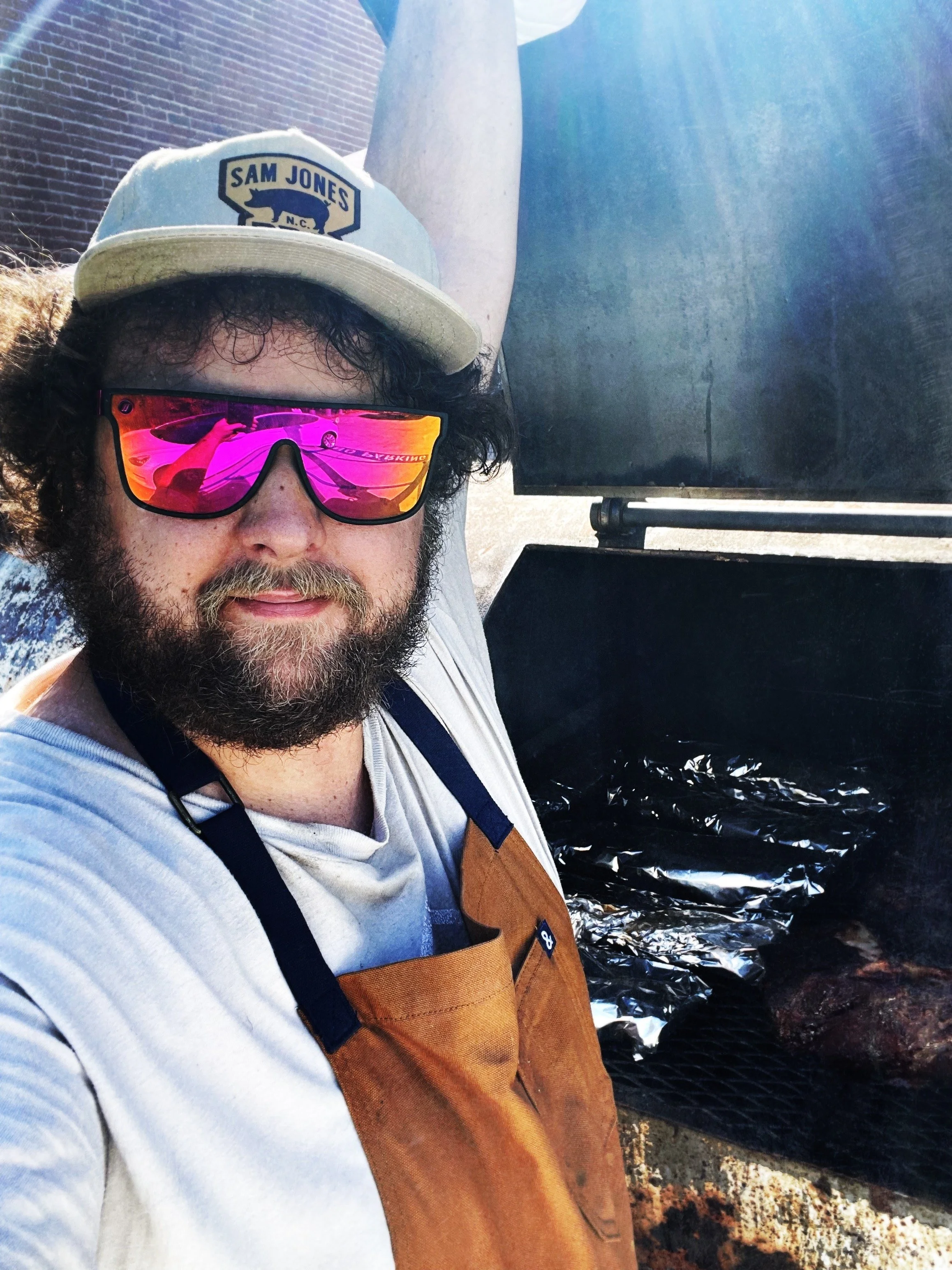
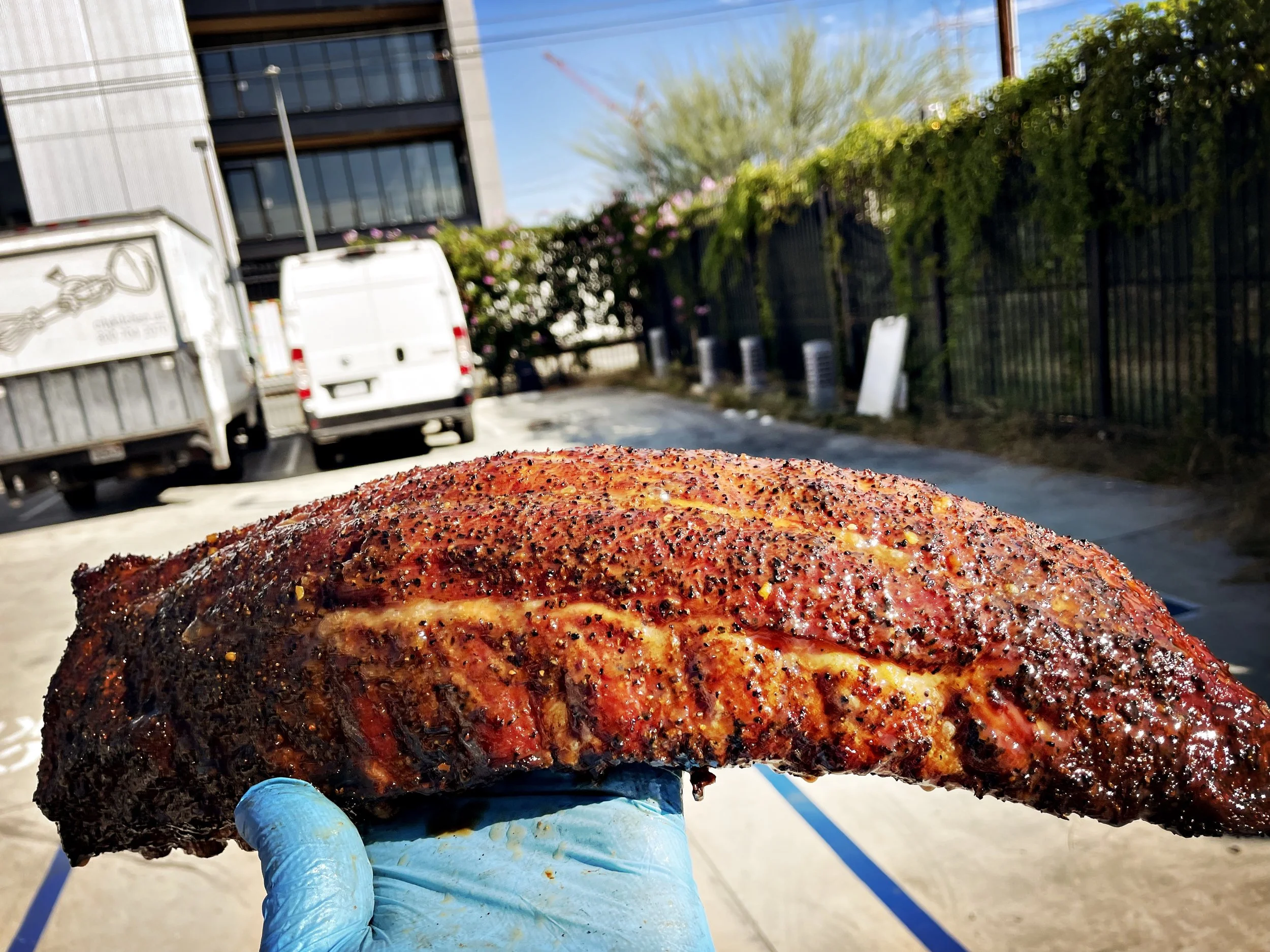
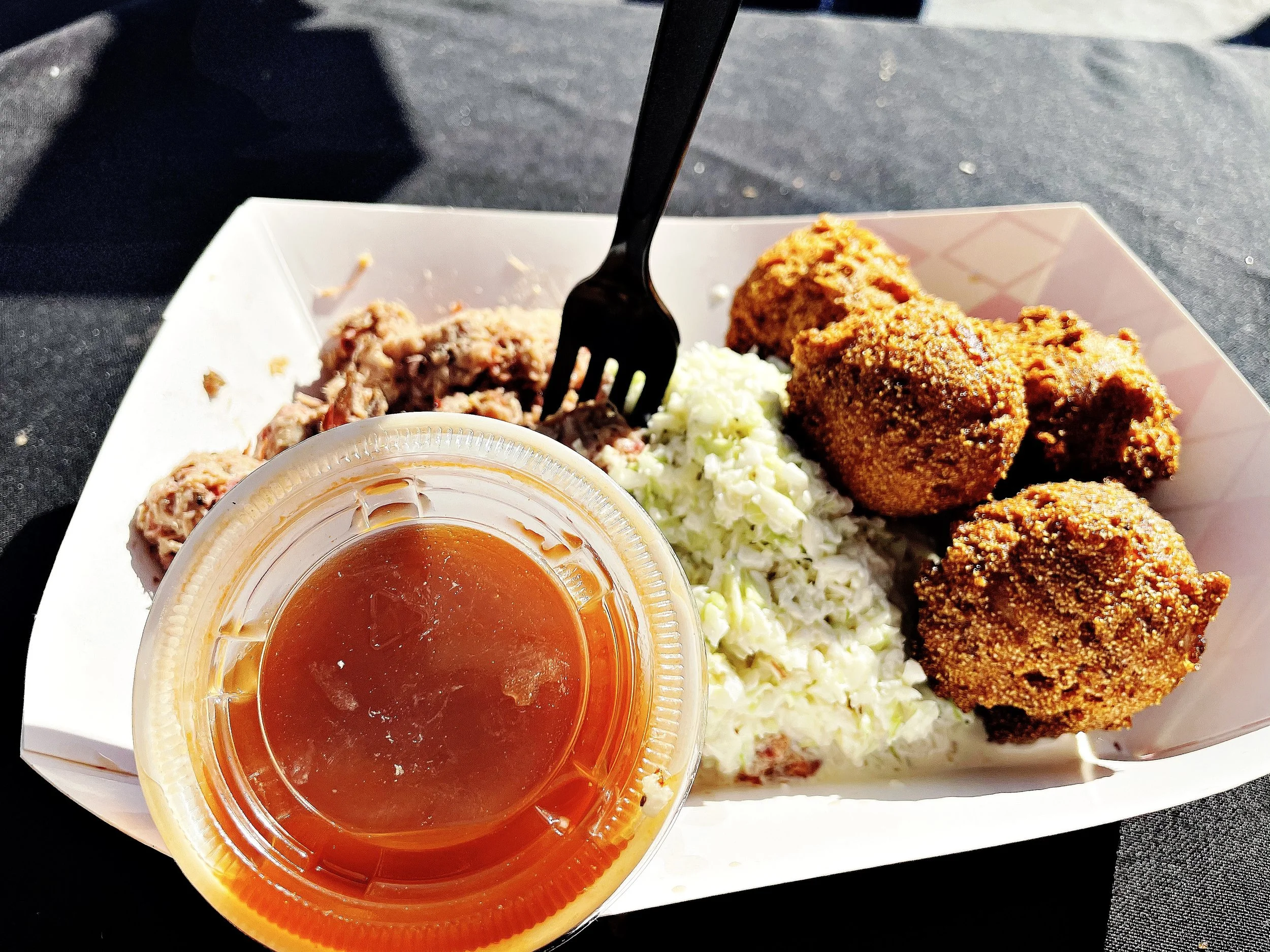
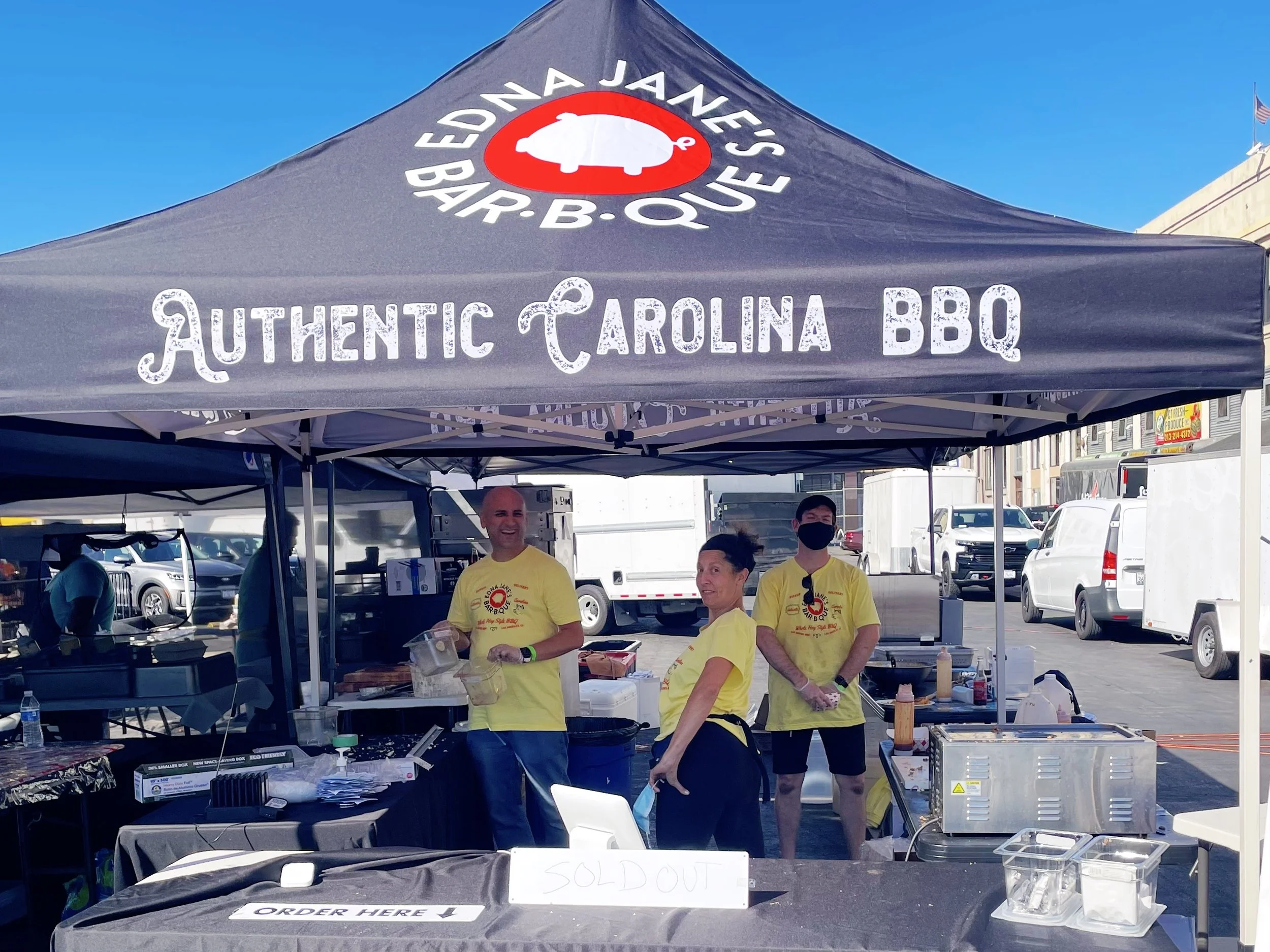
Edna Jane's BBQ kept Boulevard alive during the pandemic - full hog Carolina-style BBQ from the studio parking lot.
Then November 2021. The call at 1:30 AM. "Your studio's on fire."
Everything was gone. The lounge, completely toast. The console, ruined by heat and smoke. Insurance deemed it a total loss. Boulevard sat in the dark for a full year.

But then my sister-in-law started a GoFundMe. Over 400 people pitched in. We gutted the studio down to the studs and rebuilt. Again.
In 2024, studios are closing all over Hollywood. And here I am, rebuilding one. As Adam Granduciel from The War on Drugs said, "This is important that studios exist, and that there's a live room that sounds great, and has a pedigree to it."
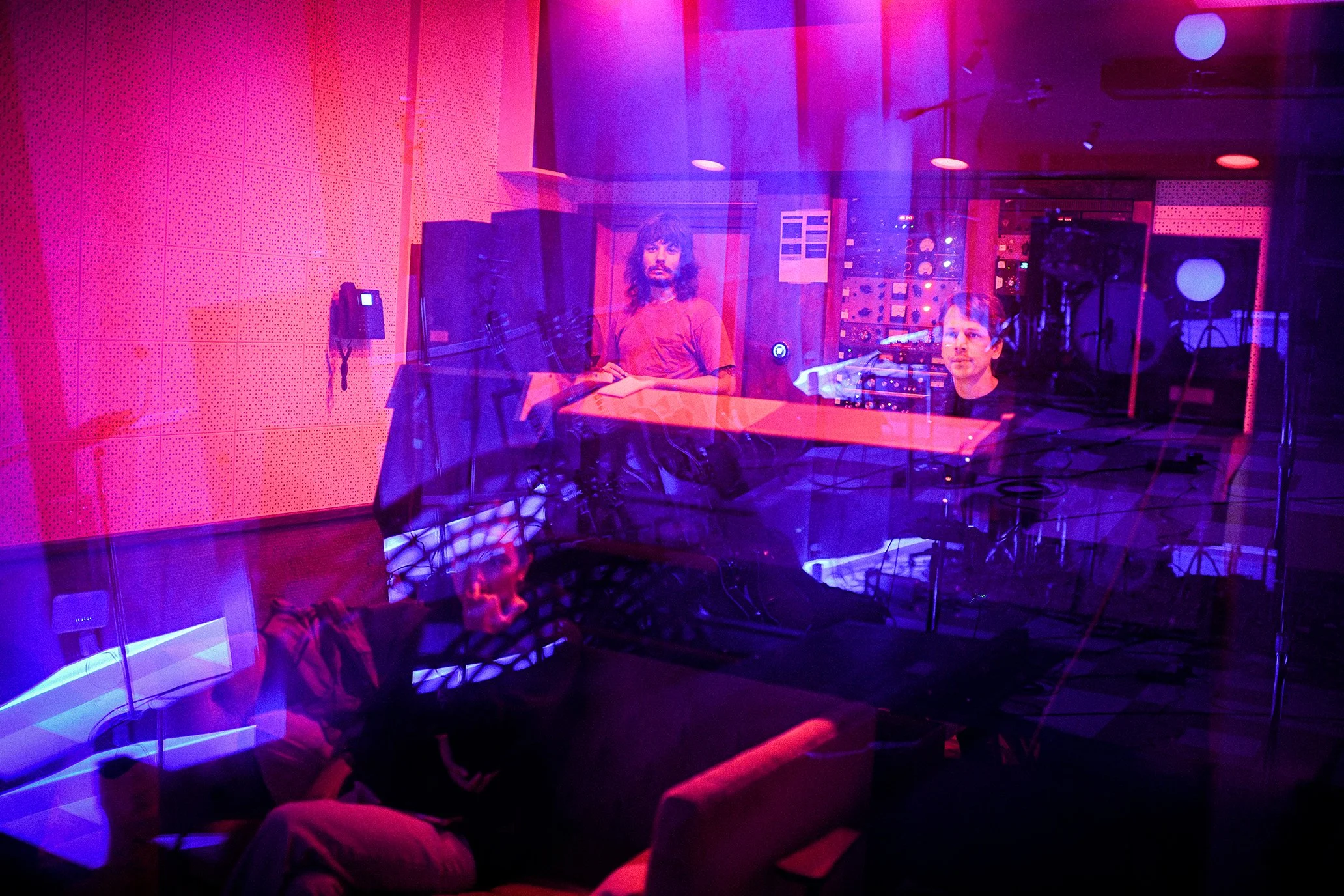
The Magic in the Walls
Fifty-five years. Continental Recorders. Producers Workshop. Westbeach. Boulevard. The names changed, but the room endured. From three-track to our Sound Techniques ZR36 console. From Quicksilver Messenger Service to The War on Drugs. From psychedelia to punk to whatever comes next.
This room has been many things: A psychedelic haven. An acoustic marvel that captured The Wall. A punk rock sweatbox. A BBQ smokehouse parking lot. A phoenix rising from literal ashes.
I don't know anybody that gets into the studio business expecting to make a bunch of money. We do it because we love it, and we pour our whole beings into these places. This room is so much of me and my life in the past 14 years.
But through it all, it's remained one thing: a room where people make things together.
But it's also 55 years of everyone who ever walked through that door with a song in their head. Every engineer who stayed until dawn getting the perfect take. Every band who found their sound between these walls.
The wood walls that Larry Brown installed in 1967 are still here. They've absorbed every note, every frequency, every moment of magic and chaos. They remember it all, even if we don't.
The Next Chapter
Boulevard Recording isn't a museum. We're not trading on who recorded here in 1972. We're still writing history. Every session adds another layer to the story. Your project becomes part of this continuum—connected to Pink Floyd and Fleetwood Mac, to Bad Religion and Mazzy Star, but entirely your own.
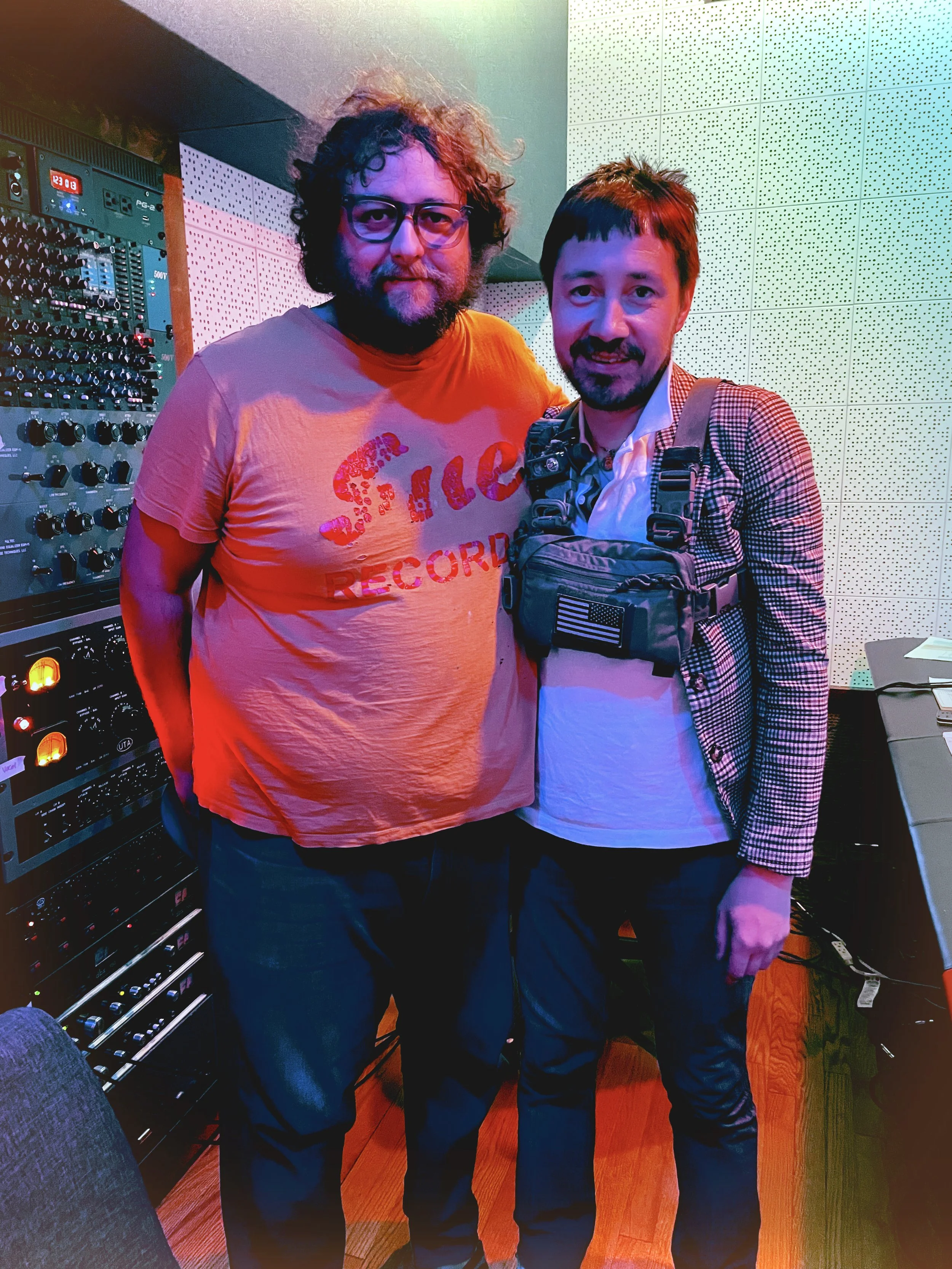
Because after 55 years, one thing remains constant: this is still just a room where people make things together. And that's all it ever needs to be.
Want to be part of the next chapter?
Boulevard Recording is open and ready for your session. Same historic room, same magic, new possibilities.
Contact Clay Blair:
Phone: 323-337-6911
Email: jaymes@boulevardrecording.com
Visit: 6035 Hollywood Blvd
After 55 years, the music continues.
